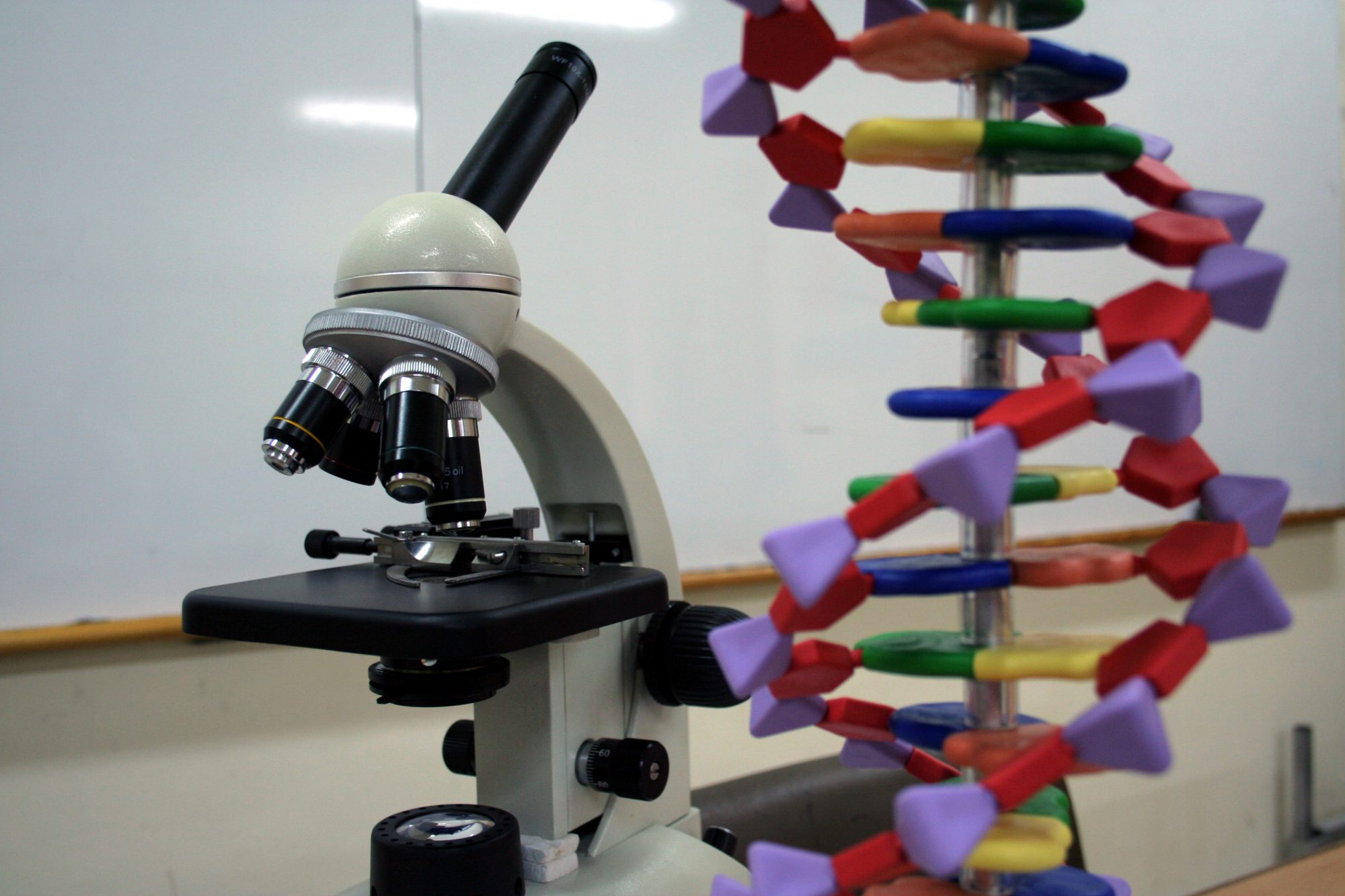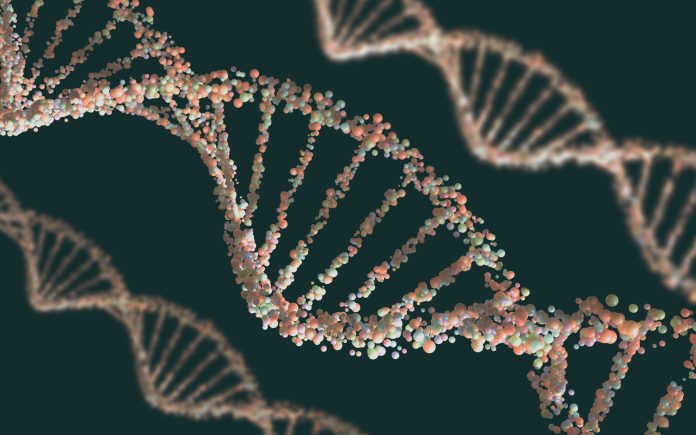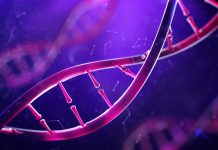Researchers have developed new DNA motors with the ability to sense and process chemical information allowing them to respond quickly – mimicking some basic properties of living cells
Miniature molecular robots are seeing a massive boost in inspiration with new research producing the first DNA-based motors that combine computational power with the ability to burn fuel and move in an intention direction.
“One of our big innovations, beyond getting the DNA motors to perform logic computations, is finding a way to convert that information into a simple output signal — motion or no motion,” says Selma Piranej, an Emory University PhD candidate in chemistry, and first author of the paper. “This signal can be read by anyone holding a cell phone equipped with an inexpensive magnifying attachment.”
“Selma’s breakthrough removes major roadblocks that stood in the way of making DNA computers useful and practical for a range of biomedical applications,” says Khalid Salaita, senior author of the paper and an Emory professor of chemistry at Emory University.
DNA motors and computers
According to the study, the motors can sense chemical information in their environment, process that information, and then respond accordingly, mimicking some basic properties of living cells.
“Previous DNA computers did not have directed motion built in,” Salaita says. “But to get more sophisticated operations, you need to combine both computation and directed motion. Our DNA computers are essentially autonomous robots with sensing capabilities that determine whether they move or not.”
The uses and potential of DNA motoring
These DNA motors have the ability to be programmed to respond to specific pathogens or DNA sequences – allowing them to be of potential use for medical testing and diagnostics.
According to the leaders of the research, each motor can operate independently, under different programmes, whilst being deployed as a group. Allowing a single massive array of the micron-sized motors to carry out a variety of tasks and perform motor-to-motor communication.
“The ability for the DNA motors to communicate with one another is a step towards producing the kind of complex, collective action generated by swarms of ants or bacteria,” Salaita says. “It could even lead to emergent properties.”

DNA nanotechnology
The DNA bases A,G, C and T have a natural ability to pair up with one and other that DNA nanotech has been able to take advantage of. By recognising these bases and their likelihood of pairing has allowed nanotech to move around the sequence of letters on synthetic stands of DNA and in turn – binds strands together in ways that create different shapes and even build functioning machines.
The Salaita lab
One of the leaders in biophysics and nanotechnology, the Salaita Lab, developed the first rolling DNA-based motor in 2015. The device was 1,000 times faster than any other synthetic motor, fast-tracking the burgeoning field of molecular robotics. Its high speed allows a simple smart phone microscope to capture its motion through video.
When Piranej joined the Salaita lab in 2018, she began working on a project to take the rolling motors to the next level by building in computer programming logic. “It’s a major goal in the biomedical field to take advantage of DNA for computation,” Piranej says. “I love the idea of using something that’s innate in all of us to engineer new forms of technology.”
DNA is like a biological computer chip, storing vast amounts of information. The basic units of operation for DNA computation are short strands of synthetic DNA. Researchers can change the “program” of DNA by tweaking the sequences of AGTC on the strands.
“Unlike a hard, silicon chip, DNA-based computers and motors can function in water and other liquid environments,” Salaita says. “And one of the big challenges in fabricating silicon computer chips is trying to pack more data into an ever-smaller footprint. DNA offers the potential to run many processing operations in parallel in a very small space. The density of operations you could run might even go to infinity.”
Synthetic DNA is also biocompatible and cheap to make. “You can replicate DNA using enzymes, copying and pasting it as many times as you want,” Salaita says. “It’s virtually free.”
The limitations of synthetic DNA and DNA motors
A key hurdle for the team and any future research is making the output of the computations easily readable. Current techniques heavily rely on tagging DNA with fluorescent molecules and then measuring the intensity of emitted light at different wavelengths. This process requires expensive, cumbersome equipment. It also limits the signals that can be read to those present in the electromagnetic spectrum.
Editor's Recommended Articles
-
Must Read >> Unlocking dark matter for genome remodelling















